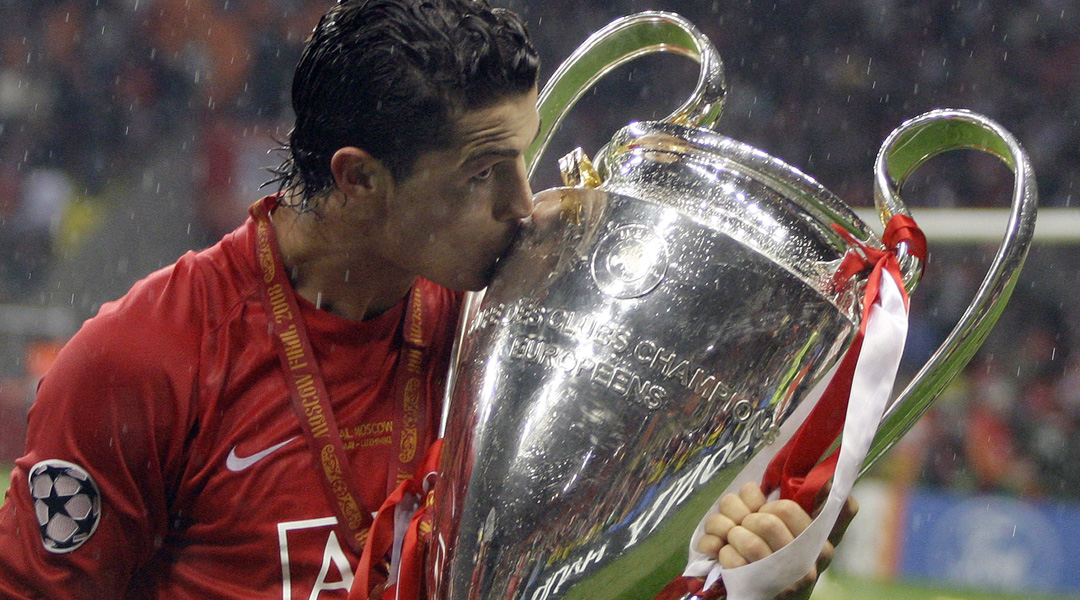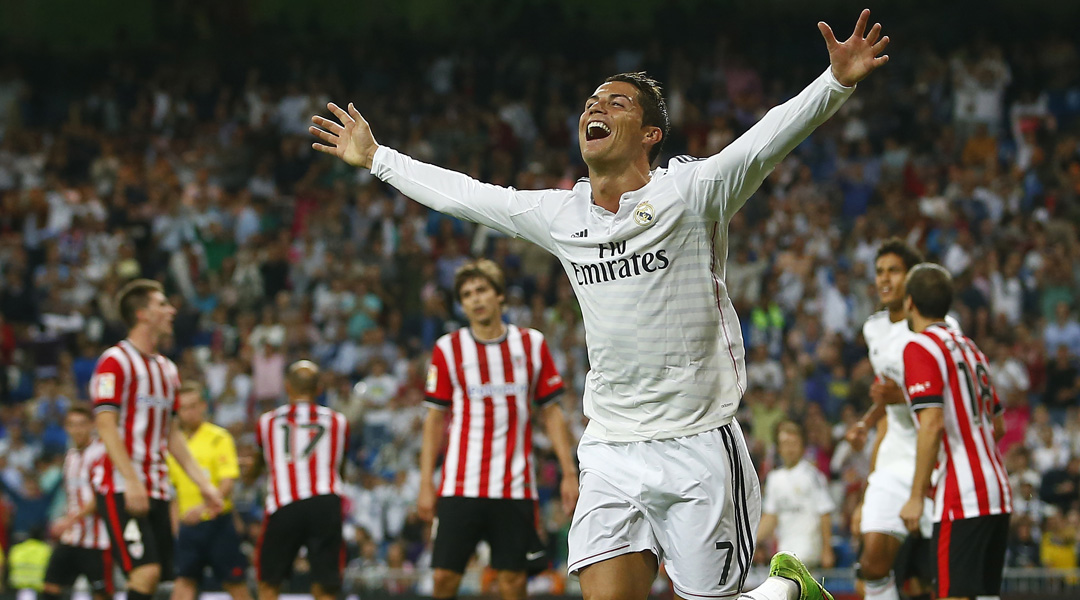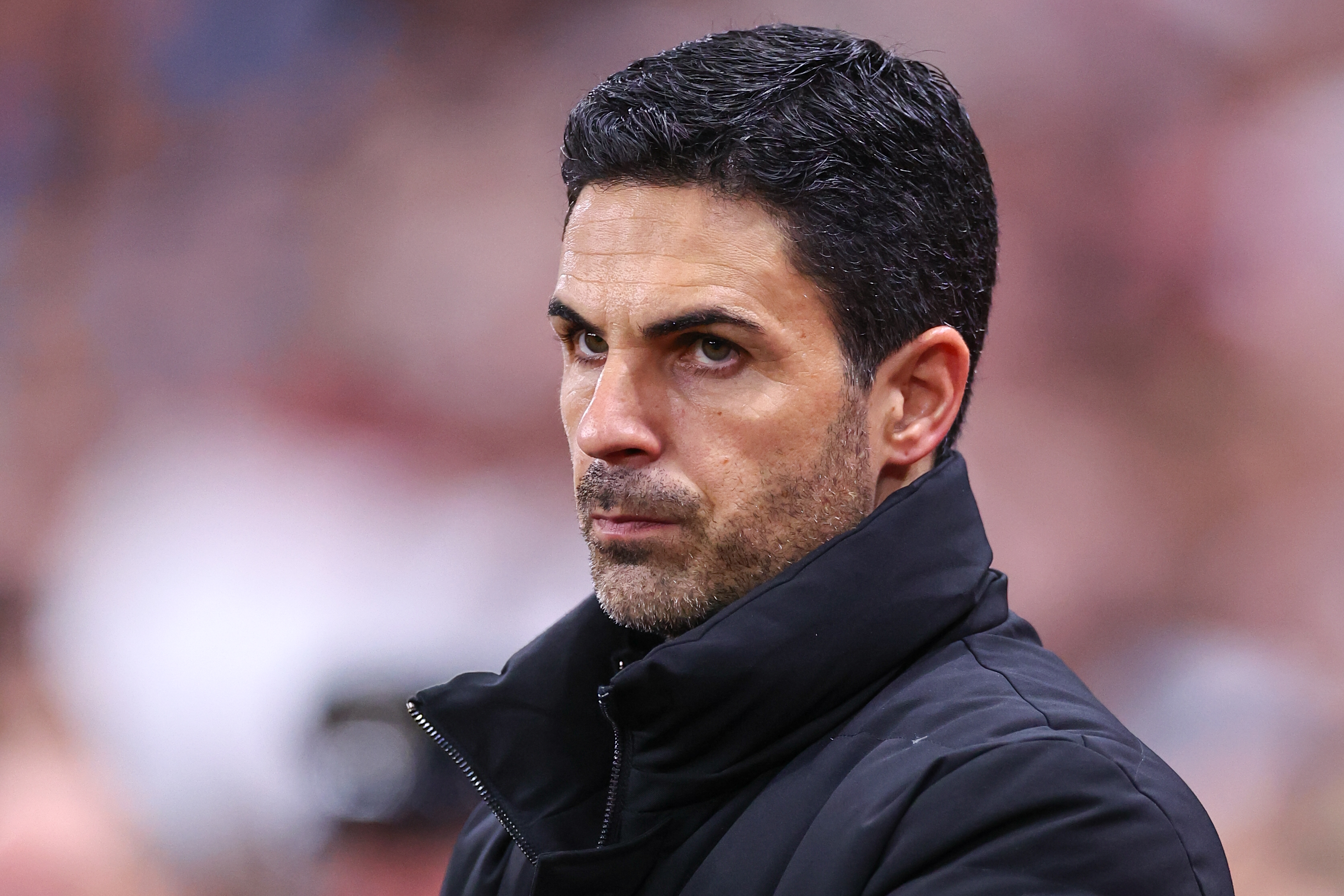How Cristiano Ronaldo became the world's best - and why his decline is still a long way off
Michael Cox charts the rise of FourFourTwo's Best Football Player in the World 2014, Cristiano Ronaldo, and ponders what could be next for the Real Madrid and Portugal superstar...

Cristiano Ronaldo has evolved into the most complete attacking player in the world, but it's worth remembering how badly he struggled, at times, during his first year in English football.
Yes, he made an instant impact, both for and against Manchester United.
Against? Well, in his autobiography, Sir Alex Ferguson recalled Ronaldo's performance against Manchester United for Sporting Lisbon in a friendly and, in particular, the way John O'Shea simply couldn't cope with Ronaldo’s tricky, twisting, turning runs and his succession of stepovers.
“We’re not leaving this ground until we’ve got this boy signed,” he told United’s chief executive at the time, Peter Kenyon.
When Ronaldo moved to Manchester United, he was an instant hit. His debut came against Bolton Wanderers: Ferguson sent him on with half an hour remaining, with Manchester United holding a narrow 1-0 lead. By the end, Ronaldo had inspired United to a 4-0 victory, and was greeted by the fans like George Best at his peak because of his dazzling stepovers.
“It looks like the fans have a new hero,” said Ferguson after the game. “It was a marvellous debut, almost unbelievable. I felt his penetration could make a difference for us. We have to be careful with the boy, you must remember he’s only 18, and we're going to have to gauge when we use him.”
Portuguese preener
The best features, fun and footballing quizzes, straight to your inbox every week.
Indeed, it wasn’t all the time – partly to protect him, and partly because Ronaldo had a difficult time adjusting to the Premier League. He arrived when Manchester United were starting an evolution in their playing style, and it would be four years before he lifted the league title.
That might not sound a particularly long time for most clubs, but for Manchester United it was their longest drought in the Premier League era. Arsenal were about to become Invincible, Chelsea were about to welcome Jose Mourinho. Manchester United were playing third fiddle.

One game against Middlesbrough was memorable: Ronaldo came on as a sub, continually attempted stepovers, and was repeatedly tackled"
Ronaldo’s first season in England followed the stereotype of a tricky, talented foreigner who struggled to adjust to both the physicality of the league and the climate of the country. He started and ended the season well, but dipped massively in the winter. One away game, against Middlesbrough, was particularly memorable: Ronaldo came on as a substitute on the right wing, continually attempted stepovers, and was repeatedly tackled and out of position for opposition counter-attacks. It sounds ridiculous now, but in some games Ronaldo was more of a hindrance than a help to Manchester United, and his stepovers were frequently mocked.
By the end of Ronaldo’s first campaign in England, comedian Frank Skinner parodied Ronaldo on his Fantasy Football programme by imagining various circumstances when Ronaldo simply couldn't keep his feet still: when going shopping and trying on new pairs of shoes, for example. The sketches weren’t particularly funny, but the point was clear. Ronaldo was clearly an outrageously gifted footballer in a technical sense, but he needed his raw talent to be streamlined into something more consistently efficient.
Bulking out the beast
In part, that came because of his physical development. He was once a scrawny, weak and rather flimsy winger who continually tumbled at the slightest bit of pressure. Over time, however, he learned to become more physical. He clearly spent a lot of time in the gym, bulked up a lot, and then his height became more useful too. He was no longer a skinny winger but an ultra powerful all-rounder capable of taking knocks – and giving some out, too – in central positions.
During his period at Manchester United, it felt like with every passing season, the Portuguese could do something new"
Also particularly notable was the fact that Ronaldo worked on so many different areas of his game. During his period at Manchester United, it felt like with every passing season, the Portuguese could do something new. Rather than being a simple stepover merchant, he became a more selfless player and passed more intelligently, then he became more prolific with long-range shots. Then he became a free-kick master, practically inventing a new method of taking free-kicks with his famous dipping effort against Portsmouth, became a master in the air, and started to score with his left foot.
He could take penalties, and increasingly scored tap-ins too, getting himself into the positions of an old-school goalpoacher. He became the complete all-rounder.
This was particularly useful when Manchester United developed into a flexible attacking unit. During the period where United enjoyed great success in Europe, it was frequently difficult to work out how they would play simply from looking at their pre-match teamsheet.

Ronaldo, as well as Wayne Rooney and Carlos Tevez, could all play left, right or through the middle. This helped Ronaldo in particular, because it allowed him to go where he pleased: where he could suss out a weakness in the opposition, usually one of the full-backs. However, he also became capable of playing up front – a superb header against Roma in 2008 was particularly memorable.
Ronaldo's main position now is on the left, cutting inside into the centre. Such has been the change in his physique, his skillset and his attitude, it’s difficult to imagine him playing on the right now, because his game depends so much upon goalscoring.
Indeed, it is worth remembering that he comes from Portugal, a country obsessed with wingers rather than goalscorers. It was peculiar to see him – briefly – out on the right for Portugal against the United States at the World Cup, where he crossed for Silvestre Varela’s last-minute headed equaliser. That was the Ronaldo of old.
Jose's juggling
Since moving to Real Madrid, Ronaldo has benefited from being in an environment where his manager has structured the team perfectly to his needs.
This was particularly obvious under Jose Mourinho, where Ronaldo was given licence to play extremely high up the pitch despite nominally being the left-winger in a 4-2-3-1. Mourinho is known for his love of defensive structure, and few wingers are allowed to get away without defending.
For Ronaldo, however, Mourinho devised a system that allowed him to stay high up the pitch in a position to counter-attack"
For Ronaldo, however, Mourinho devised a system that allowed him to stay high up the pitch in a position to counter-attack. Sometimes, opposition right-backs would push past him without any pressure, getting space to cross. Real managed to get around this with Xabi Alonso covering, Mesut Ozil drifting left and Angel Di Maria playing deep to provide balance on the opposite flank.
For Portugal, things haven’t always been so clear. It was particularly obvious during Portugal’s 3-2 defeat to Denmark at Euro 2012.
Ronaldo showed no interest in tracking Danish right-back Lars Jacobsen, and remained in a position to counter-attack. The game was essentially a battle to see who could create more, and surprisingly, it was Jacobson. While Portugal led 2-0, Jacobsen provided two crosses to get Denmark back to 2-2, either side of Ronaldo missing a glorious counter-attacking chance. Eventually Varela won it for Portugal very late, but Ronaldo's defensive weaknesses were obvious.

And yet, more often than not, it’s worth it. This is something Gary Neville once highlighted, speaking about how players like Ryan Giggs and David Beckham would always get through their defensive responsibilities, admitting he found Ronaldo frustrating in comparison.
However, there is no doubt Ronaldo is most devastating when allowed freedom to remain in counter-attacking positions: you don't want him tracking back to mark the opposition full-back, rather than remaining in space to go forward himself. Only against Barcelona’s Daniel Alves, when the Brazilian was at his best, has this proved a real problem – Ronaldo was often switched to the right by Mourinho, with Di Maria moving left against Alves.
Carlo Ancelotti, meanwhile, has often shifted his own system into something like a 4-4-2, to get Ronaldo playing closer to goal without leaving the left flank exposed. Ronaldo can drift left, and start left, but he doesn’t have to defend the left.
What happens next?
The most interesting question is what happens next for Ronaldo. He currently shows no sign of slowing down – he’s managed 20 goals in 12 league games this season, for a start. However, there will come a point where Ronaldo's goalscoring starts to decline, because he won't have the explosiveness to get past opponents. Ronaldo is excellent at making space for himself, with a burst of pace over three or four yards, particularly useful when eternally cutting inside to shoot.
Ronaldo should be around for a while yet. His all-round technical ability and incredible physicality mean the Portuguese can go on for years to come"
However, he should be able to adapt his game. Whereas his long-term rival Lionel Messi will drop into deeper positions, perhaps as a midfielder, Ronaldo should make the opposite positional shift and become an out-and-out striker, as he has the strength, height and the aerial ability. That’s probably a while off, and his incredible technical skill means he would – initially, at least – continue to be a mobile, energetic, pacey all-round striker. Still, maybe the 29-year-old will still be loitering near the penalty spot and banging in the goals at 38.
In general, players who have learned to depend on their pace rarely cope without it. But Ronaldo should be around for a while yet.
His all-round technical ability, his incredible physicality and his commitment to maintaining his high standards mean the Portuguese can go on and on for years to come – and there won’t be a single stepover.
